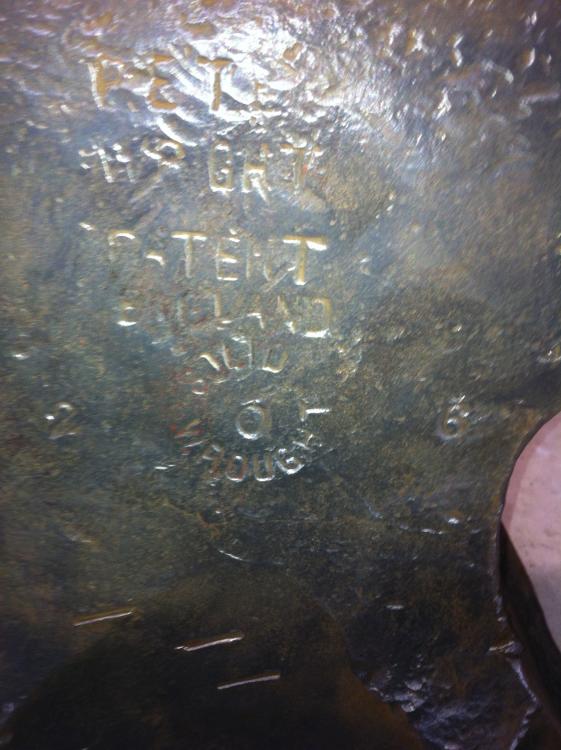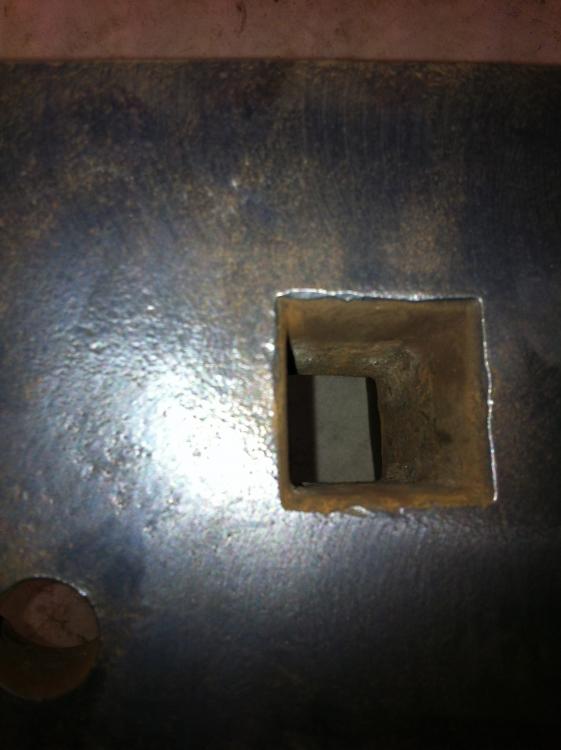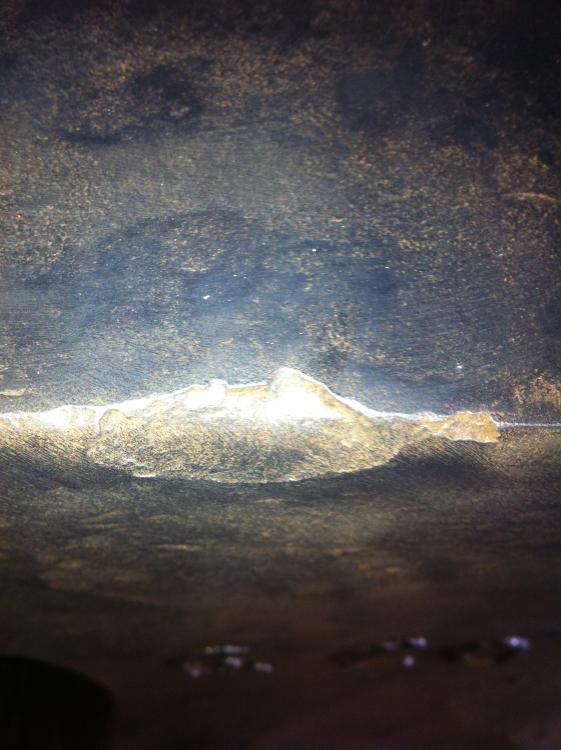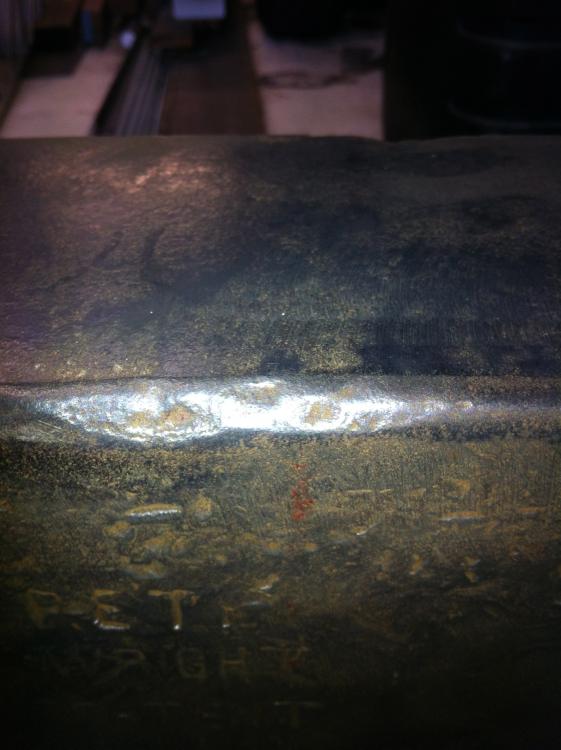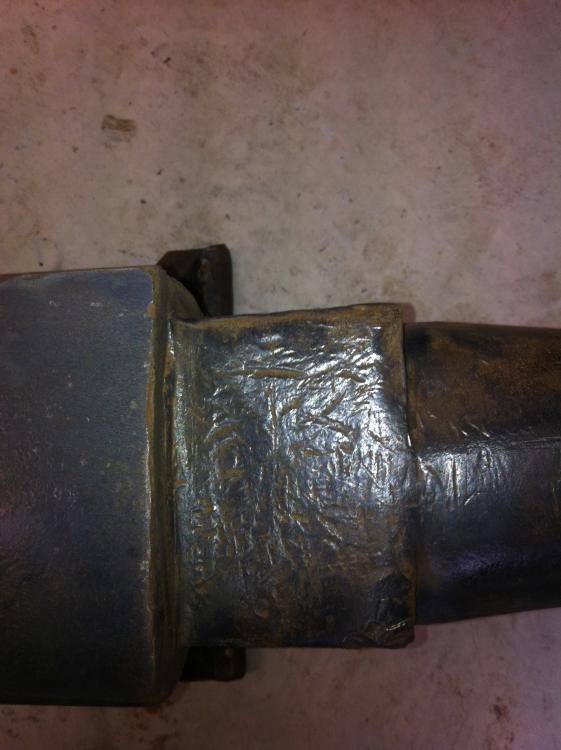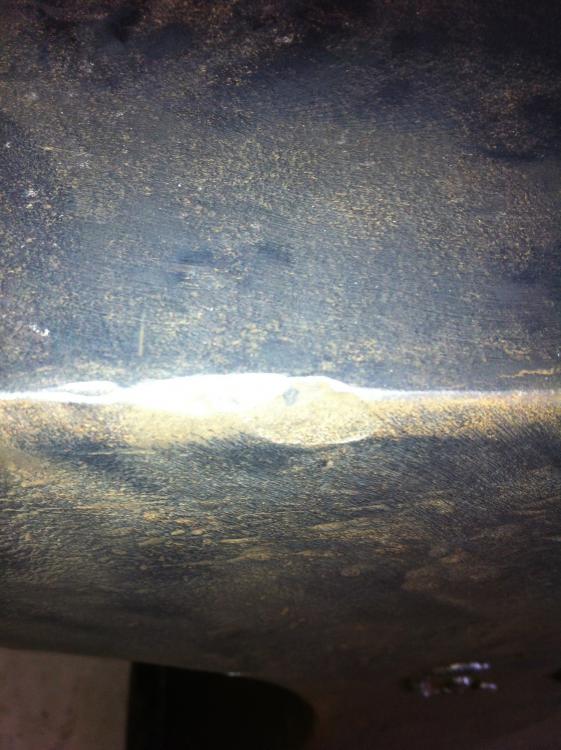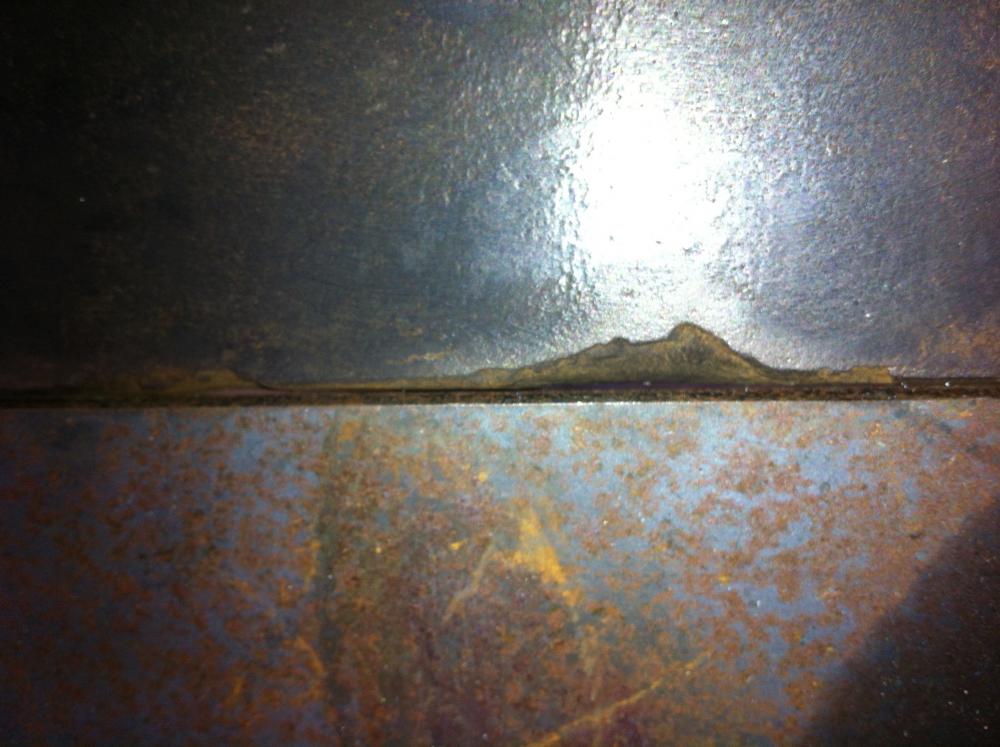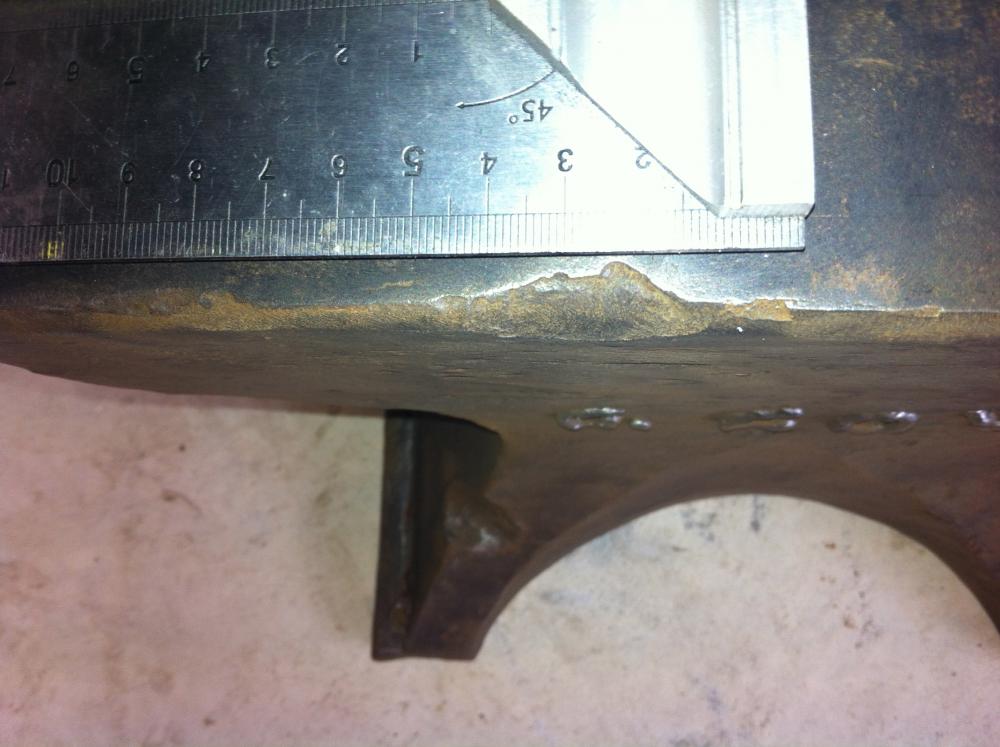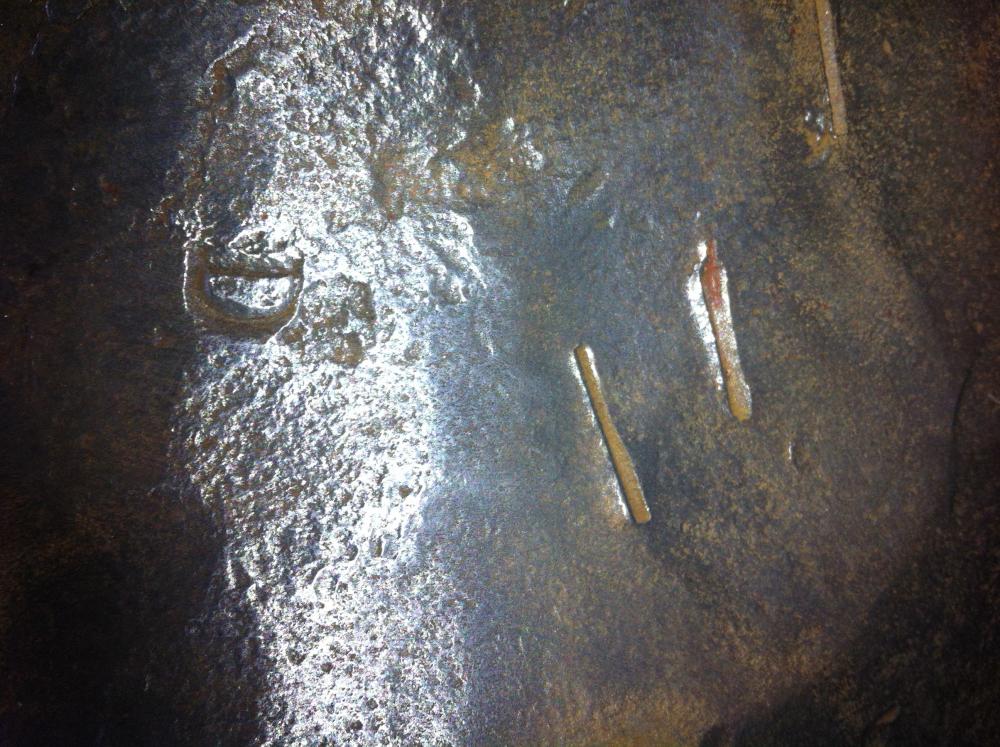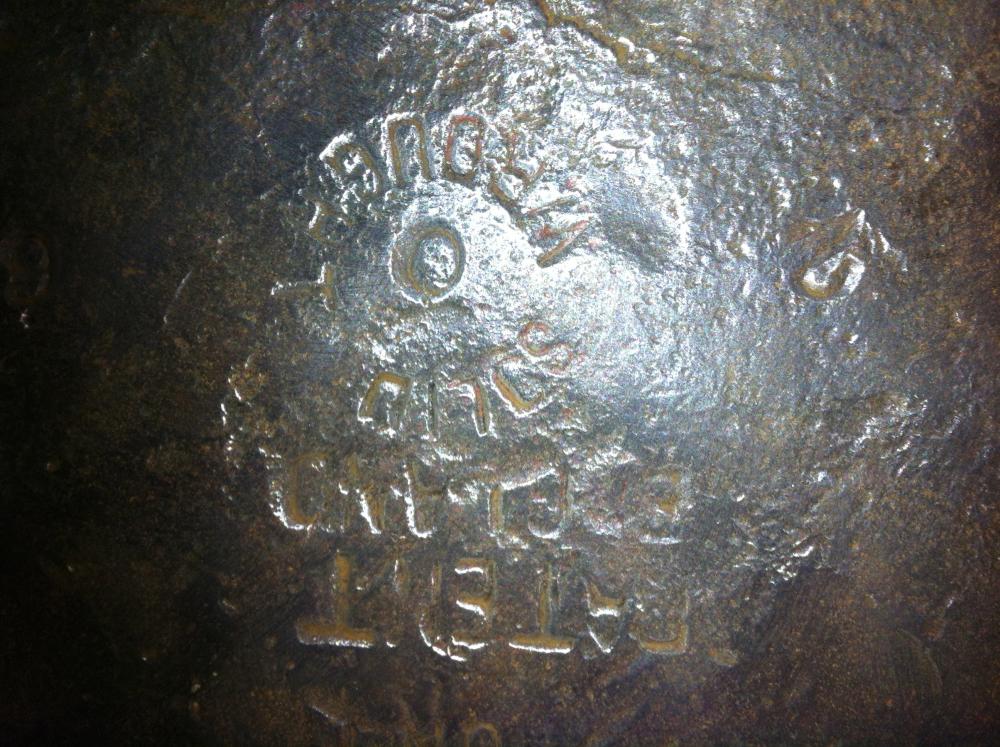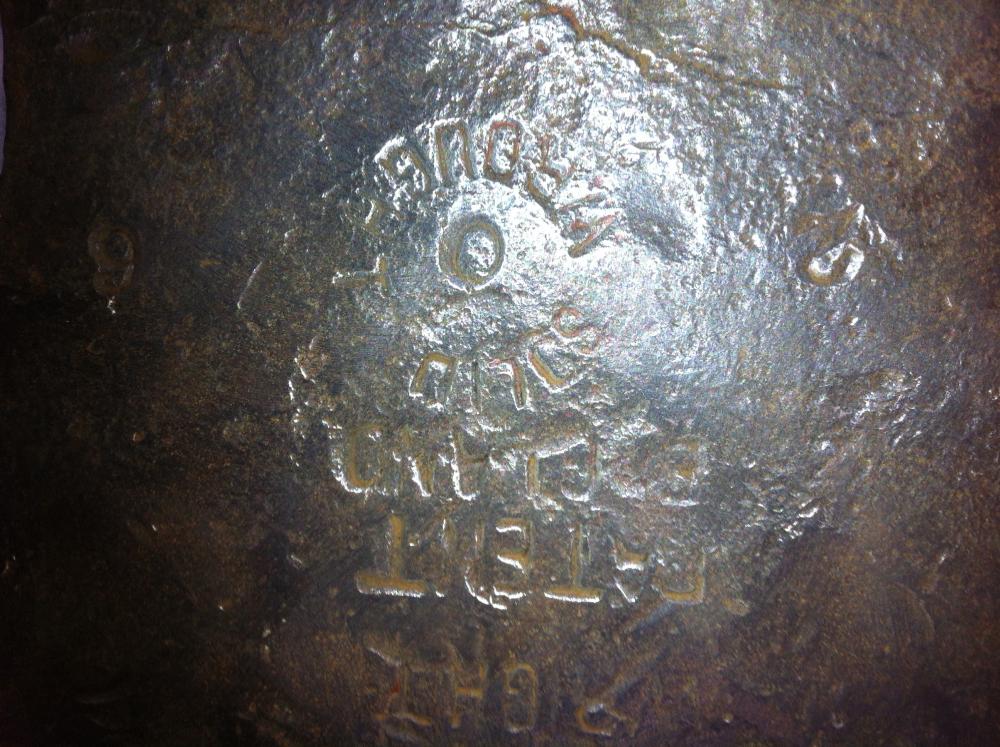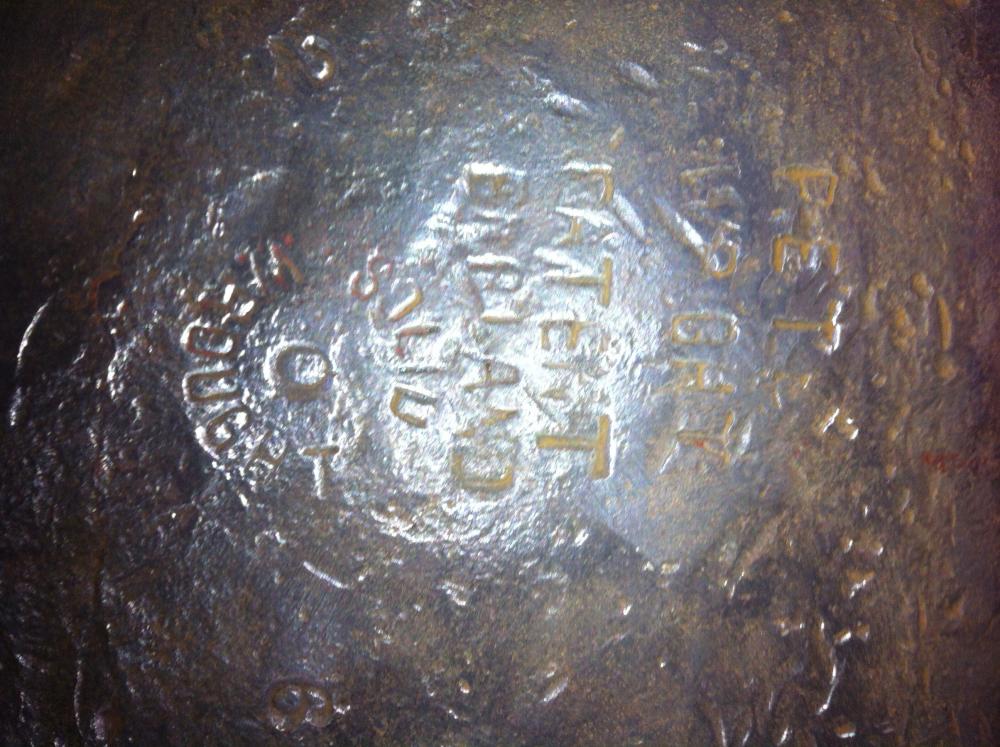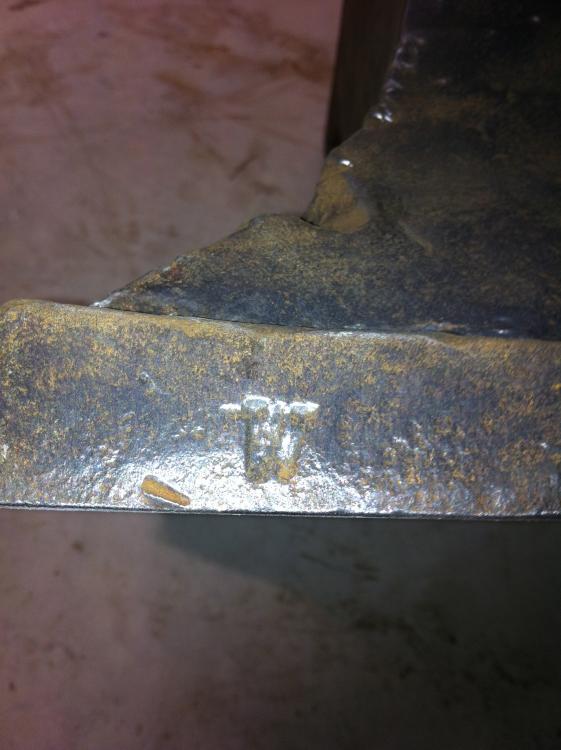-
Posts
2,024 -
Joined
-
Last visited
Content Type
Profiles
Forums
Articles
Gallery
Downloads
Events
Everything posted by Marc1
-
Fixing (or trying to) a really sad Hay Budden
Marc1 replied to haddockkl's topic in Anvils, Swage Blocks, and Mandrels
Man you are keen -
The Cost to Quality Fallacy
Marc1 replied to rockstar.esq's topic in The Business Side of Blacksmithing
Yes, some words vary slightly in their meaning from one country to the next, but I think that for practical purposes, a discussion that involves price setting and understanding your customers can be very useful. I don't presume to be an expert even when I have about 40 years of business experience as a fabricator, service provider and manufacturer in different stages of my life. However all that would be zip, without the opportunity I had to listen to business people vent their different points of view in a personal development course we run for some 10 years. It was an eye opener and I would have done it for free if need be, since I took home way more than I could possible give. I found among other things that the business that did best were those who tried to understand their customers without any value judgement, no contempt towards the "stupid" one, no fear about the powerful ones. Small business is a fascinating journey and should be a source of personal enrichment and not only a job. From the little I have read on this pages, it is abundantly clear that the vast majority seems to enjoy what they do. Hooroo Marc -
I use fingerless leather gloves for everything. Don't even know I have them on. For forging or welding I buy lefties. Any welding supplies sells only left handed gloves. For forging, welding gloves on the left. Leather gloves tend to go rather quick. The best fingerless I had were MMA leather gloves, but they now make them from some synthetic rubbish. This last batch I bought from the UK on ebay, are sold as wheelchair gloves. Not bad. The one sold for bikies are only for show and tear up as soon as you try to take them off in a rush.
-
The Cost to Quality Fallacy
Marc1 replied to rockstar.esq's topic in The Business Side of Blacksmithing
I agree with everything you say, yet the only reason I replied is because you called the relationship between price and quality a fallacy. All you say about business strategy are obvious truth and not in dispute. Dealing with the perception of value (not cost) is what I think is missing. What is the value of a red car? Beside the known fact that red cars go faster , red paint or blue, green or yellow make no difference to the quality of a car. It is the perception that a red car is ... nicer/more visible/goes faster/you name it ... that makes it more valuable in the buyer's eyes, and that given some circumstances someone may pay more for a red car than for a white one. We can come up with many examples of perceived value from the buyer's point of view that govern a particular market. When you are talking about a workshop that produces goods that are clearly non essential, the seller has to know in detail what drives the buyer and must include this that you call a fallacy and that I call perceived value in great detail to place the price at the right level. Fallacy has a negative connotation, implies ignorance, stupidity or something on those lines, and that is the wrong approach when dealing with closing a deal or many deals. People in advertising know a great lot about this and exploit it to the max. Correct pricing of one's own work is probably the most difficult task that the artisan can face, for many reasons, one being the misguided idea that making a lot of money is somehow wrong. It is entirely different if a shop is offering gates at $110 to compete with shop2 that has gates at $115. If a market has a large number of suppliers and there is a consensus of what sells at what price, then all your business strategies and considerations come into play. I like the post above describing the arduous job of a valuer, that takes time not only to do his valuation but to explain why his opinion must be ... valued. The customer is the ultimate valuer, and when closing a deal. the only valuer that matters. He/she decides if the objet is value for money in his own opinion. To understand the process the buyer goes through to make this determination is very important and makes or breaks a business. How many restaurants have to close their doors because the chef thinks he has to "educate" the patrons? -
The Cost to Quality Fallacy
Marc1 replied to rockstar.esq's topic in The Business Side of Blacksmithing
Yes and yes. Yes to the builder/machinist/manufacturer/tradesman who explains and itemises his quote in the hope of getting the job. Absolutely yes to the artist who understands that his speed in producing good quality work is the result of a lifetime of trial and error, failure, dismay and starting again and again. Charge like a roaring bull every time you get the chance and don't let the "money is dirty" anti-value creep in your mind. -
Peter Wright Anvil 1 2 12
Marc1 replied to Wethepeople762's topic in Anvils, Swage Blocks, and Mandrels
Wow, never seen an avil carved up like that. What would you use that for? -
If you want it to look good, Pull it apart carefully and put it in molass bath. Like TID said, if the screw is good, and the spring works, probably needs nothing. Are the jaws in good nick? Line up, no big cuts?
-
For the occasional user it's' OK at 99 for acetylene and 66 for oxygen. and you own the bottle for I think $200, no rent to pay. For the heavy user you can't beat BOC for cost of gas and if you use a lot, retning is a non issue. The same goes for Argon for mig welding. I used to rent but now that I use less, bought my own bottle from Speedgas and refill when needed at a premium price but no rent anymore.
-
Tool Handles. Yeah, I know, hickory is king, but...?
Marc1 replied to Leland Stone's topic in Tools, general discussion
Poplar is soft, we used to make decent beehives boxes with it, Probably not very good for handles even when there are hundreds of varieties of poplars if you include the commercial clones and they vary in hardness. if you want to experiment with different wood for handles, try Privet. Particularly the one with large shiny leaf, called Ligustrum lucidum makes great handles. Ligustrum sinense is better but hard to find a large enough branch. -
How to Safely Remove Galvanized Coating?
Marc1 replied to territorialmillworks's topic in Zinc, galvanized, and coatings
Like others said, the more you clean it the more you expose the steel to the air. Leave the surface rust and oil it. if you really want you could rub it with wet and dry sandpaper and oil, but the important thing is the oil. You could also rub it with plumbago. Fanciful but will make it look very nice. Your anvil surely has a history. I like it. Is it a Peter Wright? -
Not anymore. Bunnings size D swap and go.
-
The Cost to Quality Fallacy
Marc1 replied to rockstar.esq's topic in The Business Side of Blacksmithing
I agree, yet the purpose of the seller is to achieve the best possible price at that point in time without affecting the demand. Too low or too high a price, the demand will be compromised. Reach the optimum price and the demand will be maximised at the highest possible price. That is a change in the offer or if you prefer, the supply. However when the supplier is a person and that person is not just a merchant but an artist or an artisan, he will be handicapped by a long string of bias and preconceived notions of what is "right" and what is "wrong" and this will most likely influence his choice of price, and sabotage the outcome. The buyer's bias that cheap is bad and expensive is good is part of the market idiosyncrasy and should be noted every time rather then interpreted as buyer's stupidity. It's a fact of life, the result of a culture, mass media advertising and a lot of other factors that work in the seller's favour. No one should feel he is cheating the buyer, rather understand that the buyer appreciates what he is receiving and pays what he believes to be good value. That is all it matters. My comment about cost, again in the context of this forum that seems to be mainly about individual artisan workshops, is important because many time someone may feel bad about charging $20 or $200 for a lump of steel forged for a few minutes or perhaps an hour. The cost of the bit of steel, the coal used and the time is only one aspect of the true cost of the item. What is the cost of a painting worth $1000,000? $500,000? Hardly, only a few dollars of canvas and a bit of paint. The price is the result of the unique talent that is required to produce the painting or the forged item in question or a particularly clever software, and that can not be measured easily but the creator should always be willing to get paid what people are prepared to pay without feeling guilty about it. -
After a long search and after buying 3 other anvils, two farrier ones at 40K each and one little Kohlswa at 25k, finally came across a decent size anvil in working conditions. There are a lot of extremely abused ancient clumps of metal sold as anvil around here, with price tags that would make your toes curl upwards. This one was advertised for 2.5 times the price I paid for it. And I still paid a good sum. It's a Peter Wright marked 206 so 230 pounds. Surprisingly clean face particularly around the hardy hole, almost no use in that area. Plenty of marks of abuse on the sides ... chisel marks it seems, and someone's initials welded on the other side, fortunately had the decency to leave the manufacturer's marks alone. On one side there is a letter D and on one of the legs the letter W. As you can hopefully see from the photos, one edge has a marked long chamfer that I can clean up and make it into a nice radius for forging. The opposite edge has two big chips, the biggest is about 6mm deep into the face and 10mm down the side but it has a radius so measuring from the edge at 45 degrees, it is about 3-4mm deep. The second chip is smaller. i could of course make another radius and make the chips disappear but I am afraid that it is a bit too much metal to take off. I could also add a bit of weld to the small area of the bigger chip so that the radius will not need to be that deep. I am however reluctant to do so and compromise the heat treatment even when it is a very small area. I could also ignore it and just round the edges off and use it when I need a bigger radius. It rings like a bell particularly at the heel and has a very nice bounce. Would also like to grind off those initials left on her by someone about 50 years ago according to the seller. Sorry about the upside down photos.
-
1) Name Marc 2) Location Sydney Australia 3) What type blacksmithing do you do, what do you make. Haven't re-started yet, just getting ready. 4) How and when did you get started in blacksmithing My father had an antique shop and he would commission local blacksmith to forge decorative pieces, beds, tables, lamps, chandeliers and sold them in his shop alongside the antique paraphernalia. He soon realised the market was good and started his own smithy. He was no smith, in fact he had 5 thumbs in each hand, but hired a couple of blacksmith and got me at age 15 to learn with them. I learned the trade and worked making all sort of items for some 10 years. Life got in the way after that. 5) What object or thing did you use as your first anvil, 100k Kohlswa 6) Tell us about your first forge, hole in the ground, camp fire, brake drum, stacked bricks, German made coal forge with pedal driven blower. 7) Who assisted you or encouraged you in the craft My father. 8) What event changed your attitude about blacksmithing. No change, always liked it. 9) What tool has changed or made your life easier in the shop. Never used a power hammer but sure would like to have a go. Mig welding beats transformer stick welding hands down, however I still have my trusty 3phase Lincoln bullet welder 10) What advice would you give those starting out in blacksmithing. Things are different from my days as a professional blacksmith and I have more years behind a computer than I had at the anvil, but as with any serious hobby or business, before you start, do some research, check out others, ask question and then find your own way. Only way to learn. 11) What advice would you give those already involved in blacksmithing. Well, I probably need to receive more advice then I can give, but for what it's worth, if you are a one man show, don't compete with price, rather be different and unique. 12) What are some of the interesting things that have happened to you in your life as a blacksmith. At age 15, my blacksmith master made an ashtray for my mother's birthday (ashtrays was a common gift then). It was a grapevine leaf shaped to perfection. I decided then to make something I would give to my future wife if I ever married. I spent the next year forging a miniature chest a bit every day. I gave the chest to my wife 10 years later. Please add any thing we may have missed or should have asked. What would you like to forge, something you have never attempted? For me there are two things I like to try as soon as I get my new workshop going. One is a rose forged out of one piece of steel. Another is a set of chess figurines.
-
The Cost to Quality Fallacy
Marc1 replied to rockstar.esq's topic in The Business Side of Blacksmithing
The first long post in relation to cost in the building industry or manufacturing environment has little relevance to a boutique operation like a blacksmiths shop is today. When the price in any transaction is ruled by offer and demand (among other things), the offer and demand in a large competitive market is more obvious and well known, then it can possibly be for one off hand made goods in a weekend market. In Forsty's post, this becomes clear. The price was not set right, not at the intersection of offer and demand. The market at that point in time was prepared to pay a premium for this particular product. There is no point in judging the buyer because he is associating right or wrongly high price with high quality. Only accept it as fact and experience will tell the top possible price that can be asked for a hook in that environment. A much more interesting topic would be to talk about how different people work out their cost, and decide if they have made a profit or a loss. The perception of value is inextricable from it's price. Talk to a doctor that works in two surgeries, one where he does not charge and another where he charges $100 per consultation. The value his patients give to the medical advise dispensed will be completely different.

